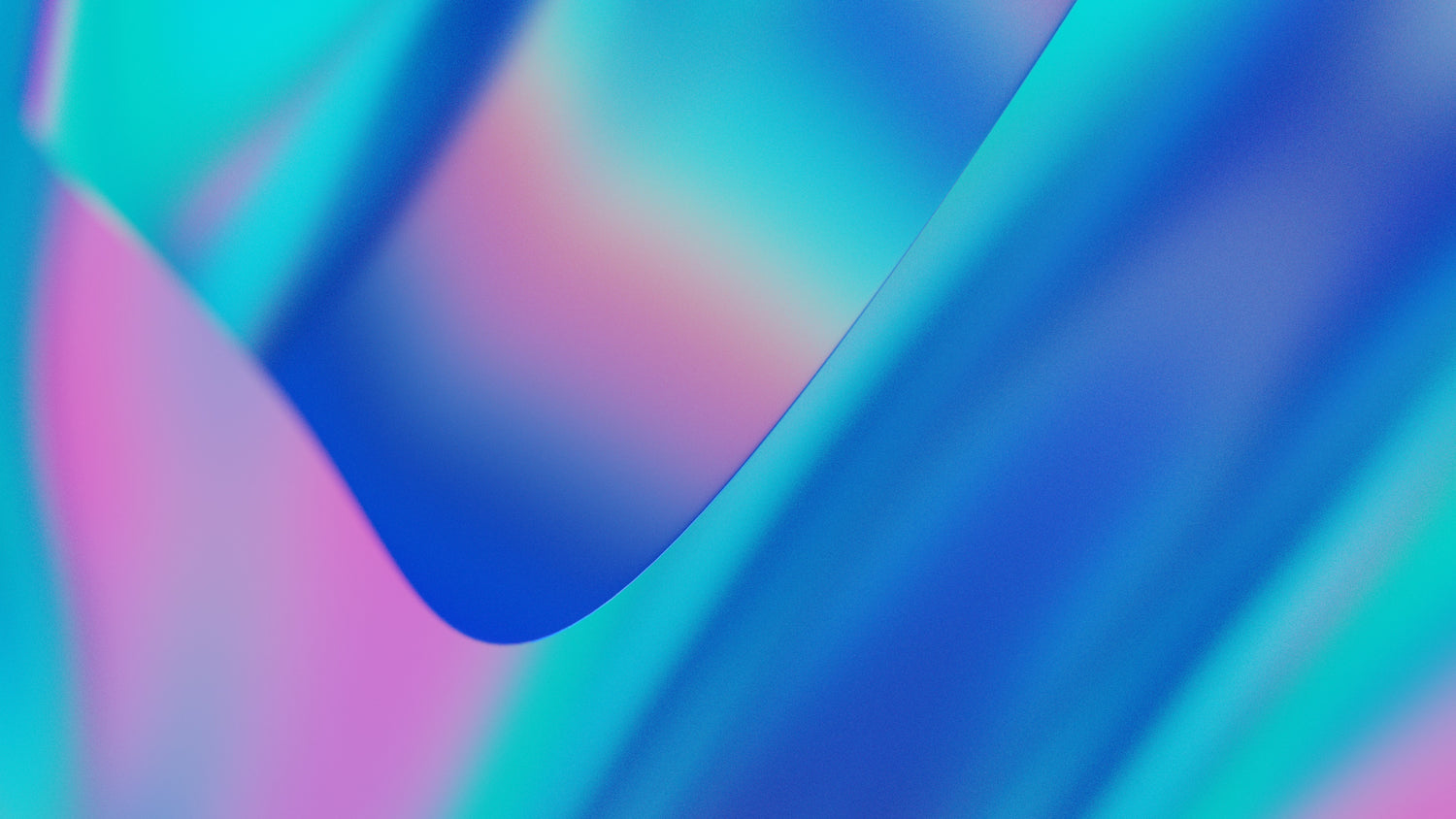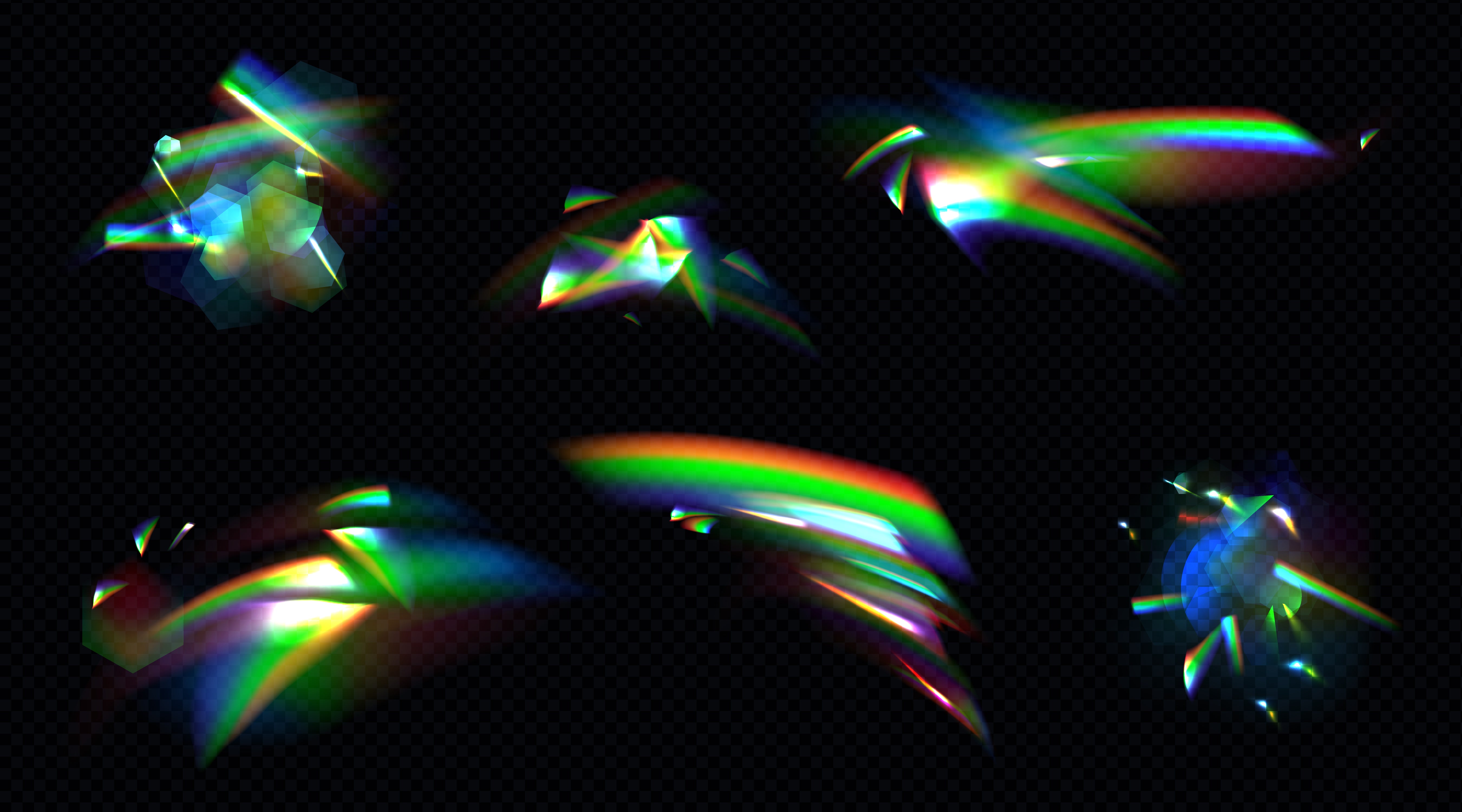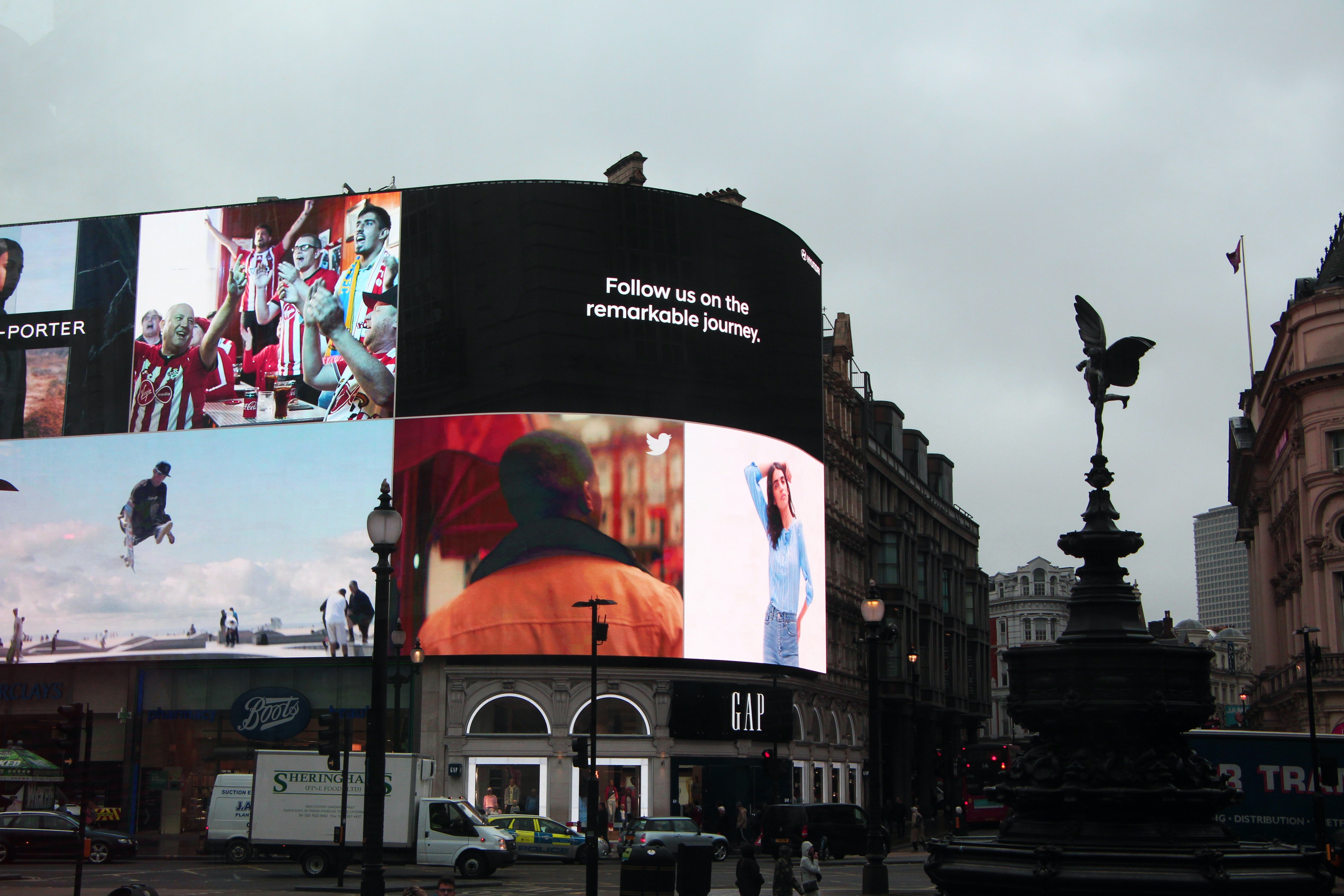Life is rapidly transforming as we know it. The future is already here, and it's holographic.
In a world where technology continues to evolve at a staggering pace, holographic technology is emerging as a powerful disruptor. This tech is reshaping the way we communicate, learn, and entertain.
What is a holograph?
A holograph is a three-dimensional image created using holographic technology.
Unlike traditional photographs, which offer a two-dimensional representation, a holograph provides a complete three-dimensional view of an object or scene.
The viewer can move around the holograph, seeing it from different angles, just like they would a real object.
How are holographs made?
Holographs are created by recording the light scattered from an object and then presenting it in a way that appears three-dimensional to the viewer.
The term 'holography' is derived from the Greek words 'holos,' meaning 'whole,' and 'graphē,' meaning 'writing or drawing'. Thus, holography essentially involves capturing the 'whole picture' — including depth, height, and width.
Who created the holograph?
Invented by Hungarian-British physicist Dennis Gabor in 1947, holography has come a long way from its early days.
Today, it encompasses a wide range of technologies and applications, evolving beyond mere visual representation to encompass interactive, tactile experiences.
Check out the best 3D holographic fans
The science behind holographic technology
The science behind holography is both fascinating and complex.
It involves the principles of interference and diffraction, light intensity recording, and the use of lasers.
In simple terms, a hologram is created by splitting a laser beam into two, with one beam illuminating the object and the other serving as a reference beam.
Light scattering
When the object beam hits the object, it scatters light, which then meets the reference beam, creating an interference pattern.

This pattern is recorded on a photosensitive material, creating a hologram. When this hologram is illuminated by the reference beam, it reconstructs the light field reflected by the original object, creating a three-dimensional image.
Holographic technology leverages the wave nature of light, exploiting the fact that light waves can interfere with each other to generate intricate patterns.
These interference patterns can be recorded and reproduced, allowing for the creation of highly detailed, lifelike holographs.
Types of holographic displays
There are several types of holographic displays, each with its unique features and applications. These include:
- laser holography
- digital holography
- computer-generated holography
Laser holography
Laser holography involves the use of lasers to create and view holographs. It is one of the earliest forms of holography and is known for producing highly detailed and realistic images.
Digital Holography
Digital holography, on the other hand, uses digital sensors and displays to create and view holographs. It offers more flexibility than laser holography, allowing for the manipulation of holographic images using computer software.
Computer-generated holography
Computer-generated holography involves the use of computer algorithms to generate holographs.
It allows for the creation of virtual holographs—holographs of objects that do not exist physically.
This type of holography is increasingly being used in virtual reality (VR) and augmented reality (AR) applications, offering exciting possibilities for immersive, interactive experiences.
Check out the best 3D holographic fans
The process of creating a 3D hologram
Creating a 3D hologram involves a series of steps.
Step 1
First, the object to be holographed is illuminated with a laser beam. The light scattered from the object interferes with the reference beam, creating an interference pattern.
This pattern is recorded on a holographic film or a digital sensor.
Step 2
Once the hologram is recorded, it can be viewed by illuminating it with the original reference beam or a similar light source. The hologram diffracts the light, reconstructing the original light field reflected by the object.
This creates a virtual image of the object that appears three-dimensional to the viewer.
The challenges
The creation of a 3D hologram is a complex process that requires precise control over the light source, the recording medium, and the viewing conditions.
Despite these challenges, advances in technology are making it increasingly feasible to create detailed, realistic 3D holograms for a wide range of applications.
Uses of holographic technology in different industries
Holographic technology has a multitude of applications across various industries.
Entertainment
In the entertainment industry, it has been used to create realistic, life-size holographs of performers, providing audiences with immersive, unforgettable experiences.
Healthcare

In the medical field, holography is being used to visualize complex anatomical structures, aiding in diagnosis and surgical planning.
It also holds potential in the field of education, where it can be used to create interactive, three-dimensional educational content that enhances learning and engagement.
Retail
In the retail industry, holography can be used to create eye-catching displays, product demonstrations, and virtual fitting rooms.
It also has applications in the field of telecommunications, where it can enable holographic video calls and meetings, transforming the way we communicate.
Check out the best 3D holographic fans
The potential cons of holographic technology
Despite its immense potential, holographic technology faces several challenges and limitations.
Computer strain
One of the key challenges is the high computational and bandwidth requirements for generating and transmitting holographic content.
This makes it difficult to implement holography in real-time applications, such as video calls.
Quality concerns
Another challenge is the difficulty in creating high-quality, full-color holographs.
While advances in technology are gradually overcoming this challenge, there is still a long way to go before we can create holographs that are as detailed and realistic as physical objects.
Holographic objects: practical or not?
Holography also faces practical challenges, such as the need for specialized equipment and viewing conditions.
However, ongoing research and development in this field are likely to overcome these challenges, paving the way for widespread adoption of holographic technology.
The future of holographic displays: What to expect
The future of holographic display is bright, with numerous advancements on the horizon. We can expect to see more immersive and interactive holographic experiences, powered by advances in display technology, computer processing, and data transmission.
VR and AR
One of the key trends to watch out for is the integration of holography with AR and VR technologies.

This could enable more realistic, captivating AR and VR experiences, blurring the line between the virtual and physical worlds.
Ready Player One?
Moreover, advances in tactile holography—also known as haptic holography—could enable us to touch and feel holographic objects, adding a new dimension to our interaction with digital content.
We might also see the emergence of holographic telepresence, which could transform the way we communicate and collaborate, making remote interactions feel as if we're in the same room.
Check out the best 3D holographic fans
Embracing the holographic future
As we stand on the cusp of a holographic future, it's clear that holography offers immense potential in reshaping our world.
From enhanced communication and learning experiences to revolutionary medical and entertainment applications, holographic technology holds the promise of transforming our everyday lives.
So, let's gear up to embrace this holographic future, where the magic of three-dimensional visualization comes alive, offering us a glimpse into a world beyond the confines of traditional screens.
It's an exciting journey ahead, and we can't wait to see where it takes us.
Frequently Asked Questions
1. What does it mean if something is holographic?
Holographic refers to a technology or process that creates three-dimensional images using light interference and diffraction. These images, known as holograms, appear to have depth and can be viewed from different angles, much like a real object.
2. What is a holographic image?
A holographic image is a three-dimensional representation of an object created using holography. Unlike traditional photographs, holographic images have depth and can be viewed from different angles, providing a more realistic visual experience.
3. Is it a hologram or holograph?
The correct term is "hologram." A hologram is the three-dimensional image produced through the process of holography. On the other hand, "holograph" refers to a document wholly in the handwriting of the person whose signature it bears.
4. What is the holographic theory of the Earth?
The holographic theory suggests that the Earth and the universe's information is encoded on a two-dimensional surface, projecting a three-dimensional image. This theory is often discussed in the realm of theoretical physics and cosmology.
5. Are we living in a holographic universe?
The holographic principle posits that our universe may be a hologram, with all the information encoded on a two-dimensional surface, projecting a three-dimensional reality. This idea challenges our traditional understanding of space and reality.
6. Has the holographic principle been proven?
As of now, the holographic principle remains a theoretical concept. While it has not been proven definitively, it continues to be a fascinating area of study in theoretical physics and has implications for understanding black holes and the nature of the universe.
7. What does it mean if the universe is a hologram?
If the universe is a hologram, it means that the three-dimensional reality we perceive is a projection from information encoded on a two-dimensional surface. This idea suggests a different understanding of space, time, and reality.
8. What is the holographic nature of reality?
The holographic nature of reality suggests that our perception of a three-dimensional world is a projection from a two-dimensional plane. This concept challenges traditional physics and opens up discussions on the fundamental nature of reality and the universe.
Check out the best 3D holographic fans
Featured Image Credit: SIMON LEE; Unsplash


